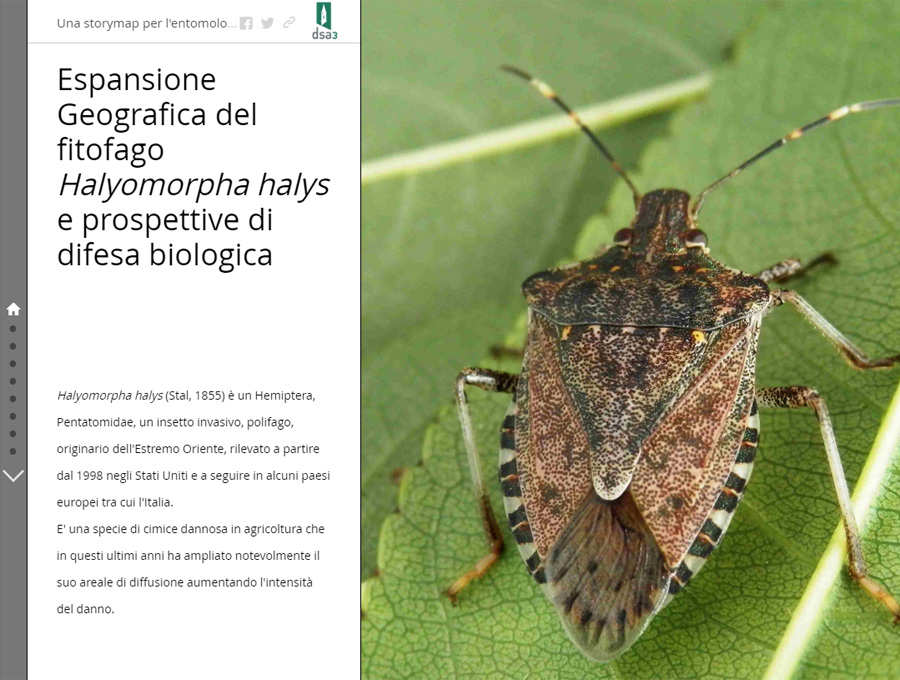S.I.G. 2015

S.I.G. 2015 is an experiment that falls within the scope of precision farming and aims to collect data to create a decision support software (DSS) to be applied to open field crops.
With the data collected, specific thematic maps will be created that identify homogeneous areas within the crop. From these maps, fertilizer distribution maps will be obtained, which will indicate how to carry out differential fertilization depending on the different characteristics identified.
The project is carried out by a temporary consortium composed of TeamDev, together with CRATIA and partner companies for the experimentation.
These experiments will constitute a starting study to determine the best workflow for creating distribution maps, an element that will be at the center of the DSS application.
The main purpose of a DSS (Decision Support System) like this will be to allow the rapid extraction of the information needed to support and improve the effectiveness of the decision-making process from appropriately structured data.
The application of Precision Farming techniques to crop management, based on the heterogeneous management of plots, will improve agricultural production, minimize environmental damage for a more limited use of products, raise the quality standards of production and obtain economic savings resulting from the rationalization of crop operations.
The application will be based on Esri (Environmental Systems Research Institute) technology, a world leader in Geographic Information Systems, and Microsoft and can be divided into a server and a client part. The computing power will be entrusted to the server infrastructure that will be specifically developed to be hosted in a cloud computing environment.
La StoryMap
Geographical spread of phytophagus Halyomorpha halys and prospects for biological defense

Geographical spread of phytophagus Halyomorpha halys and prospects for biological defense.
Halyomorpha halys (Stal, 1855) is a Hemiptera, Pentatomidae, an invasive polyphagous insect native to the Far East. Since 1998 it has been detected in the USA and in some European countries, including Italy.
It is a dangerous bug for agriculture that in recent years has expanded its area of spread and increased the intensity of damage.
This species is extremely polyphagous and can cause extensive damage to fruit orchards (especially Rosaceae) and other agricultural crops (especially Fabaceae).
To feed, the insect pierces the integuments of the host plant with a piercing-sucking mouthpart, leading to the formation of pits or necrotic areas on the external surface of the fruit, leaf puncture, loss of seeds, and the possible transmission of plant pathogens (phytoplasmas).
The StoryMap
Esca (grape disease)

The name “esca” derives from the use of the wood of diseased plants as fuel (tinder) to light the fire, since the disease dried them out. Esca disease is a disease known since ancient times: its symptoms had already been observed in Roman and Greek times, for example Cato the Censor (De Agri Cultura) and Gaius Plinius Secundus (Natural History). More accurate descriptions have been found in writings dating back to the Middle Ages, such as in the Kitab al-Felahah by Ibn al-Awam, a Spaniard who lived in Seville at the end of the twelfth century AD and in the Opus Ruralium Commodorum by Piero De’Crescenzi, born around 1233 in Bologna. Only in the last century, and especially in the last decade, has knowledge of its etiology, biology and epidemiology been deepened.


